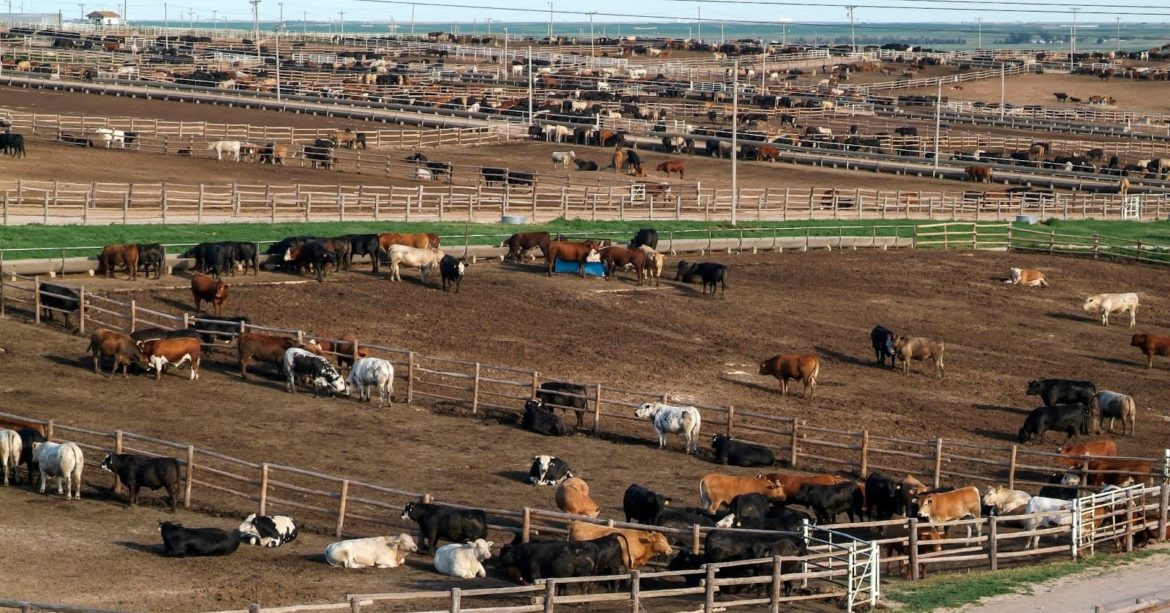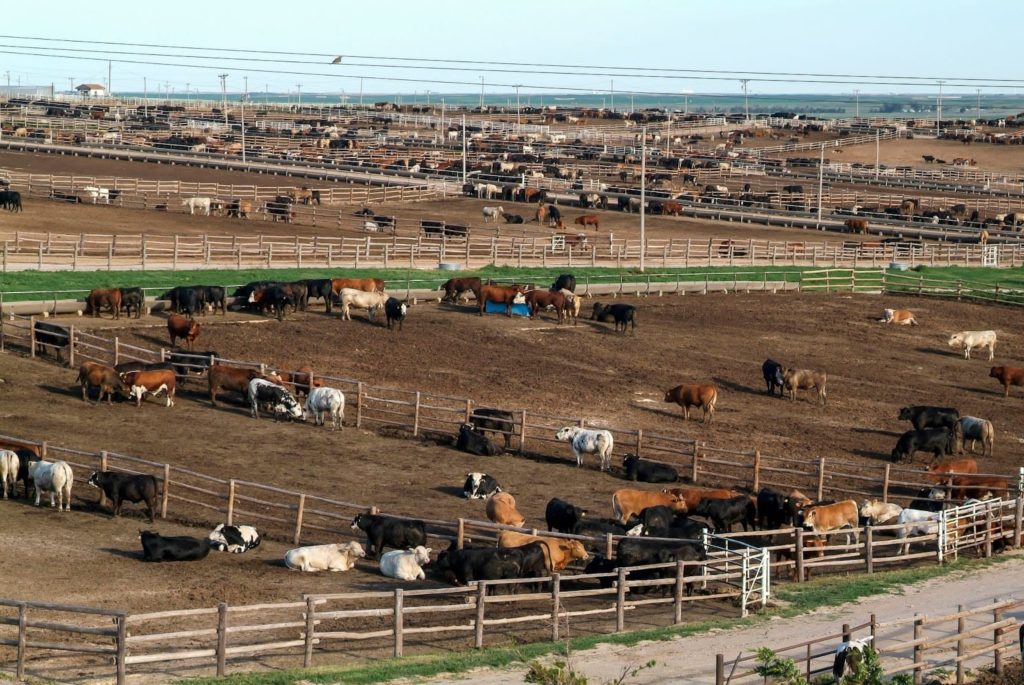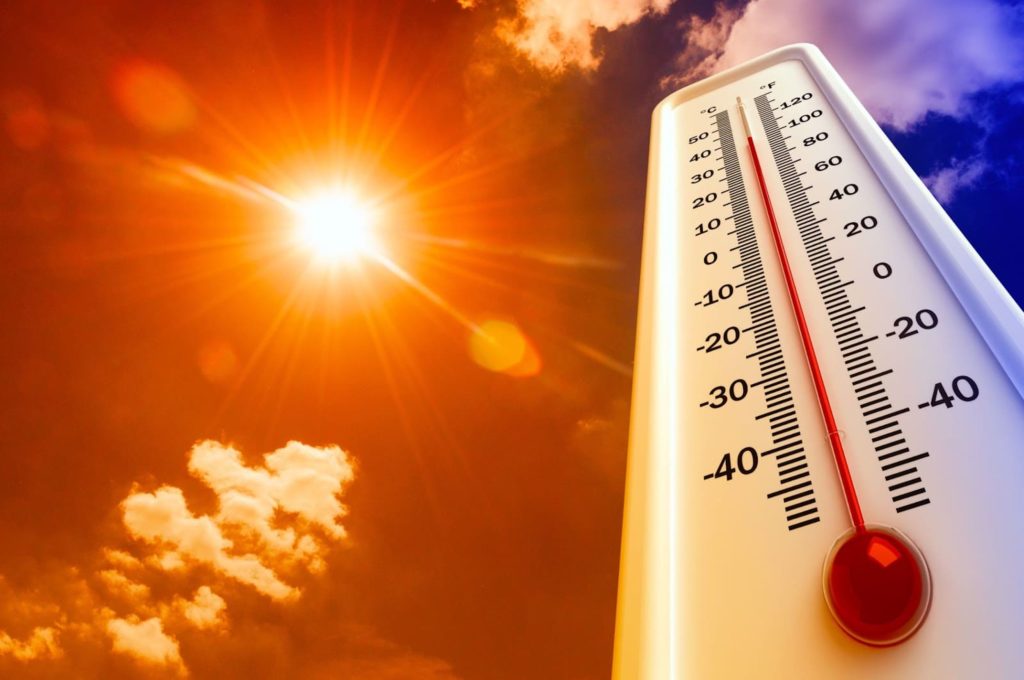Would More Shade Have Prevented the Kansas Feedlot Deaths?
The deaths of around 10,000 head of cattle in the US have been big news recently. The most affected area was Ulysses in Kansas where the perfect conditions for heat stress in cattle were in place.
These conditions consisted of hot and humid weather with little wind as well as limited relief at night. The resulting deaths in Kansas feedlots have been felt throughout the international feedlot community and there has been much discussion about the causes of the deaths as well as potential solutions, including shade.
The lead up to the feedlot deaths
Only a few days prior to the deaths of cattle in Kansas feedlots, temperatures in the area were at around the 80 degrees Fahrenheit mark. However, they quickly soared to 100 degrees and by 13 June they had reached 104 degrees.
The extremely high temperatures combined with humidity levels ranging from 18% to 35% and wind levels of almost zero to cause heat stress in several thousand head of cattle. A further contributing factor was the lack of an environment where affected cattle could get overnight relief.
It’s also notable that, looking at images of the event, it’s clear the most affected animals were fat cattle with dark hides. These features are high-risk factures for heat stress so likely made the cattle more susceptible.
Was a lack of shade a factor in the loss of so many cattle?
The images of the dead cattle also indicate an absence of shade in the affected Kansas feedlots. The provision of shade would not have prevented all the deaths, but it would almost certainly have reduced the numbers involved.
This has been shown in Australia where the benefits of shade for production and animal welfare are well recognised. If a structure to provide shade is constructed in the right way, it reduces the risk of heat stress in cattle. Therefore, it also reduces the number of deaths that heat stress can cause.
Constructing a shade structure in the correct way includes considering height, width, and angle. Getting these factors right gives feedlot operators the best opportunity to protect cattle.
How shade reduces the risk of heat stress
Research and work done in Australia has shown how shade can help reduce the occurrence of heat stress in cattle. The work has been done as a result of major heat stress issues that occurred in the country several years ago, such as an incident in Victoria when 80 cows died in 2014.
As a result of these problems, the Australian Lot Feeders’ Association and MLA carried out research to develop a better understanding of the effect of heat on cattle. They looked at how to develop and use science to reduce the risks involved.
This led to the creation of the Cattle Heat Load Toolbox (CHLT) which gives feedlot operators access to seven day weather forecasts for their specific site. They can then use this information to ensure mitigating action is taken including making sure cattle have access to shade.
Researchers have found that providing 20 to 40 square feet of shade per head of cattle has the optimum amount of effect and that structures should be no less than seven feet in height. This helps to optimise airflow. In addition, structures should be placed in a space where the wind is not blocked by trees or other structures.
The issue with providing shade in the US
The main problem with providing shade for cattle in locations like Kansas is the variations in weather conditions. For example, it snows in the area and heavy snowfall would put considerable pressure on the roof of any structure that was erected to provide shade during the summer months.
Taking structures down during the winter months, to prevent these problems, would be time consuming and involve additional cost. So, feedlot operators are often reluctant to have the structures in place.
However, given the recent feedlot deaths in Kansas, it seems that change is urgently needed. Providing shade may be costly in some ways but would be beneficial from an animal welfare and productivity point of view as it would help to reduce heat stress and related deaths.
Other measures that feedlot owners in Kansas, and globally, can implement to reduce deaths include providing additional water sources, offering more easily digestible food, using sprinklers overnight, and removing wind-blocking obstacles.
It remains to be seen which of these actions the feedlot operators in Kansas decide to take.
3 - 3Shares



